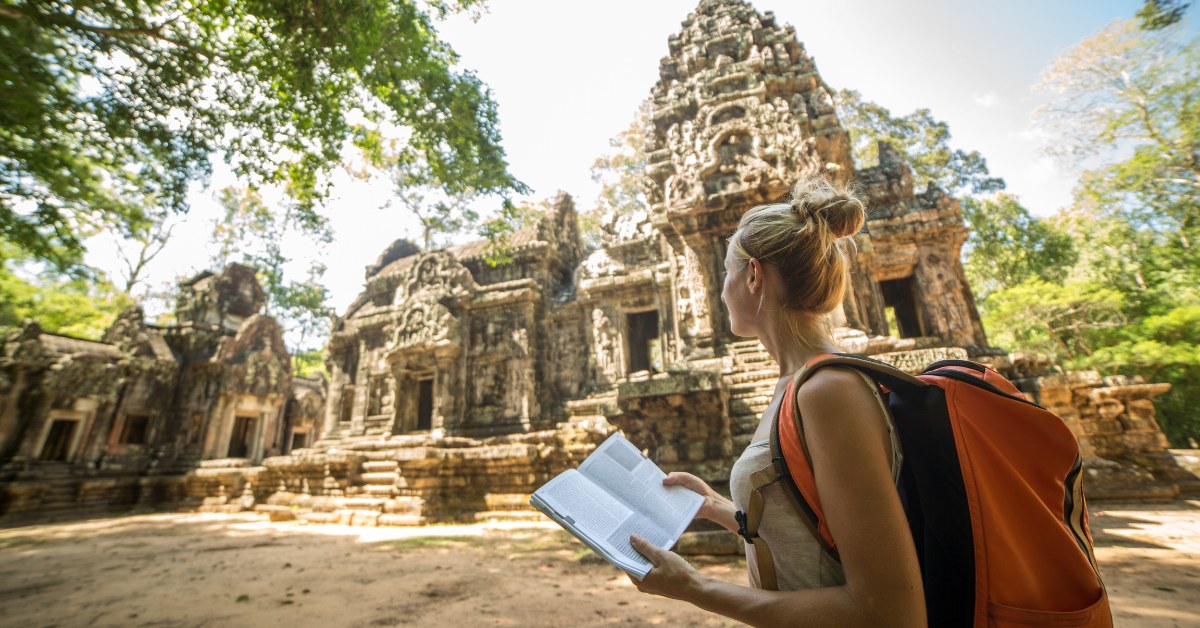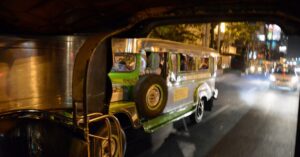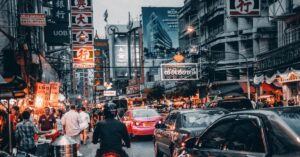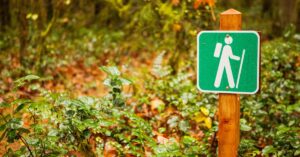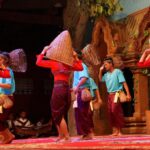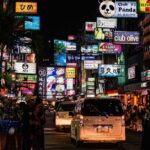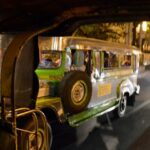A country debilitated by invasions, war, and oppressive regimes, Cambodia is slowly beginning to develop a safe travel infrastructure. Emerging from a spotted history, including the 1970s genocide perpetrated by Khmer Rouge dictator Pol Pot, the friendly but poor Cambodian people have cautiously begun to share their country with Western travelers. The major tourist attraction is Angkor Wat, a temple site internationally renowned for its archaeological value. Angkor Wat is located just a few miles from the city of Siem Reap in the Northwestern quadrant of the country.
Although it remains one of the poorer countries in Southeast Asia, lagging behind better-developed Vietnam and Thailand, Cambodia now provides safe travel to Siem Reap and the Angkor Wat complex. Of course, Americans and other Western tourists must take precautions. Following are some recommendations for safe travel to Angkor Wat and Siem Reap, Cambodia.
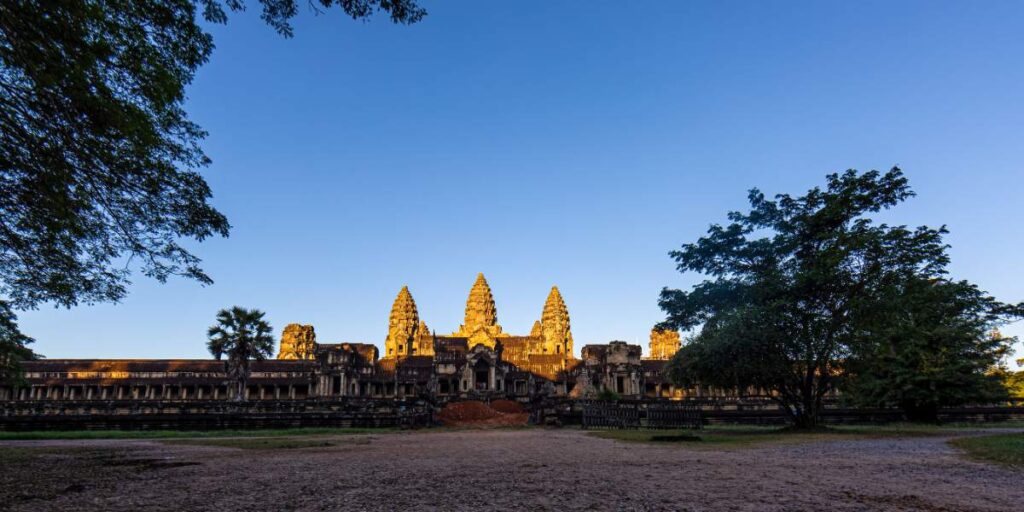
Visa and Documentation for Safe Travel
In addition to a valid passport, American travelers need a visa for entry into Cambodia. However, it is largely a formality and does not necessarily need to be arranged in advance. The visa can be purchased upon entry at either of the two international airports (either in the capital of Phnom Penh or in Siem Reap) for a fee of about $25, payable in US dollars. A passport-sized photo is necessary. If you are planning to take the long and uncomfortable bus ride from Bangkok, Thailand, to the Angkor Wat and Siem Reap area, consult the Cambodian Embassy in advance for details on visa purchases at the Thai border.
Also Read
Unlike some countries in nearby Central Asia, Cambodia does not usually hassle American travelers needlessly about paperwork, and most officials (at least at the airports) are not corrupt. Local police are usually tolerant of tourists as well, and at worst, will gruffly ask to see your visa and passport.
Land Mines in Cambodia
Siem Reap is one of the provinces still affected by land mines placed during previous generations. Recognizing the deterrent effect this has on tourism, the government has demined the city of Siem Reap itself, the road to Angkor Wat, and the immediate temple zone. Still, safe travel guidelines advise tourists to stick to heavily traveled zones and not to deviate from more commercial pedestrian pathways or into rural areas. It is hard to predict where landmines are still located, though country roadsides, bridges, and streamsides are still suspected.
Robbery and Theft
Siem Reap is a small city by global standards, with just around 180,000 inhabitants. Nevertheless, it is Cambodia’s second-largest city and the fastest-growing in terms of tourism and economic growth. There is a laidback charm to it, and except inside raucous pubs, a rustic atmosphere pervades the air. Such compactness provides a provincial haven for living, but the town is not the virtually crime-free refuge it once was more than a decade back. However, if you take a look at the number of robberies in proportion to the hundreds of thousands of tourists flocking to the city, you would realize that the crime rate is relatively lower.
Robbery is more of a problem in Phnom Penh than in Siem Reap. While many Siem Reap locals do have contraband weapons garnered from military stockpiles (or even hand-fashioned weapons), the problem in the Angkor Wat area is not so much armed robbery as petty theft. Pickpocketing is rampant in Siem Reap thanks to the “rich tourist” reputation of the area. Even innocent-seeming children may be working in groups to snatch purses and steal wallets.
Additionally, the US State Department continues to warn American citizens about bag theft by bike. Thieves ride by slowly enough to swipe purses and knapsacks, using either a regular bike or motorized vehicle to escape with haste. It is recommended that tourists carry money in multiple places directly on their person and avoid flashing cash, wearing jewelry, etc.
Pay-for-Picture Scam
As a more cunning trick, some urchins in Siem Reap will offer to pose for photos with tourists, often using their basic English skills to make the offer. While it seems quaint, this can result in two problems for would-be-safe travelers in Cambodia. First, if the youth get a hold of the camera itself, they will sometimes threaten to destroy it or run off with it unless they receive payment. The other, more direct scam occurs when some Cambodians insist on payment for the taking of their picture, even if it was their idea in the first place. These scenarios rarely result in violence, but the hassle is adequate.
Additional Precautions for Women
Women should especially avoid walking alone at night, though it’s not exactly recommended for men either. Even though we Americans know that this activity is not an invitation to sexual advances, Cambodia has vastly different social mores with respect to women. Many young Cambodian men, in particular, see Western women as walking targets.
Other Suggestions for Safe Travel to Angkor Wat and Siem Reap
- Avoid drinking water that does not come from a bottle.
- Avoid open-air public transit (buggy-like vehicles sometimes called “cyclos”).
- Purchase travel insurance in advance and be sure it covers you in Cambodia.
Final Note
Despite the discussions of theft above, most Cambodians are not criminals, and many actually welcome tourists for legitimate economic reasons. There are lots of fresh veggie marketplaces and trading posts for handicrafts, for example. The problem is that it’s often difficult to discern the difference between hospitality and deception. Safe travelers in the Siem Reap and Angkor Wat regions proceed with caution, but it doesn’t mean they avoid all interactions with locals.

